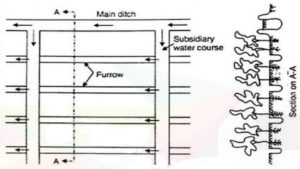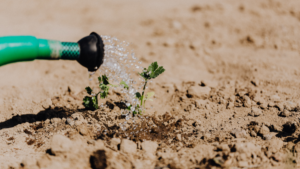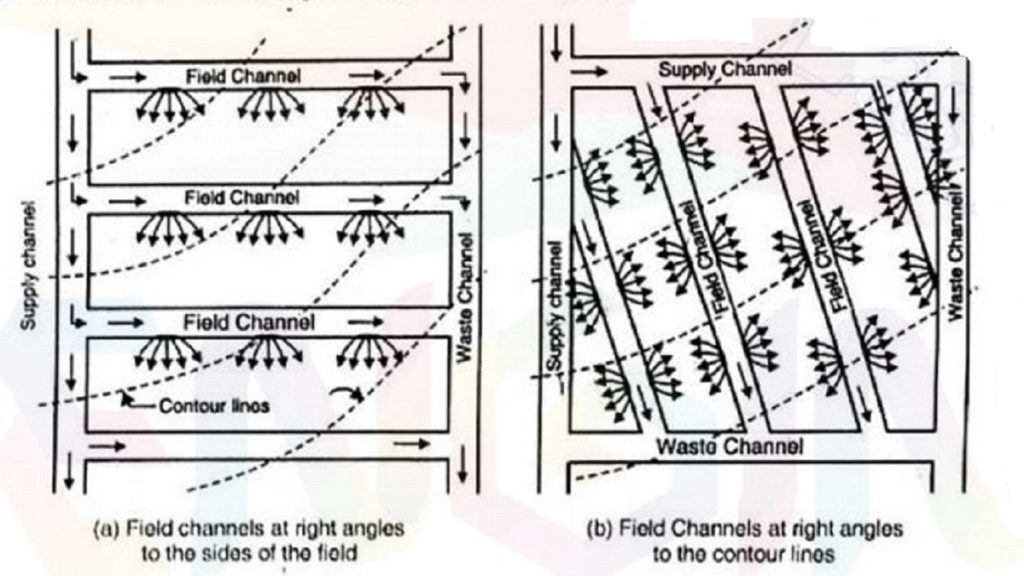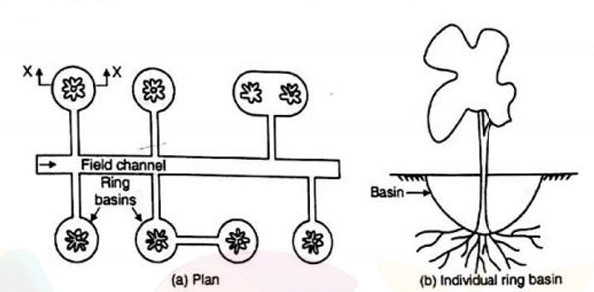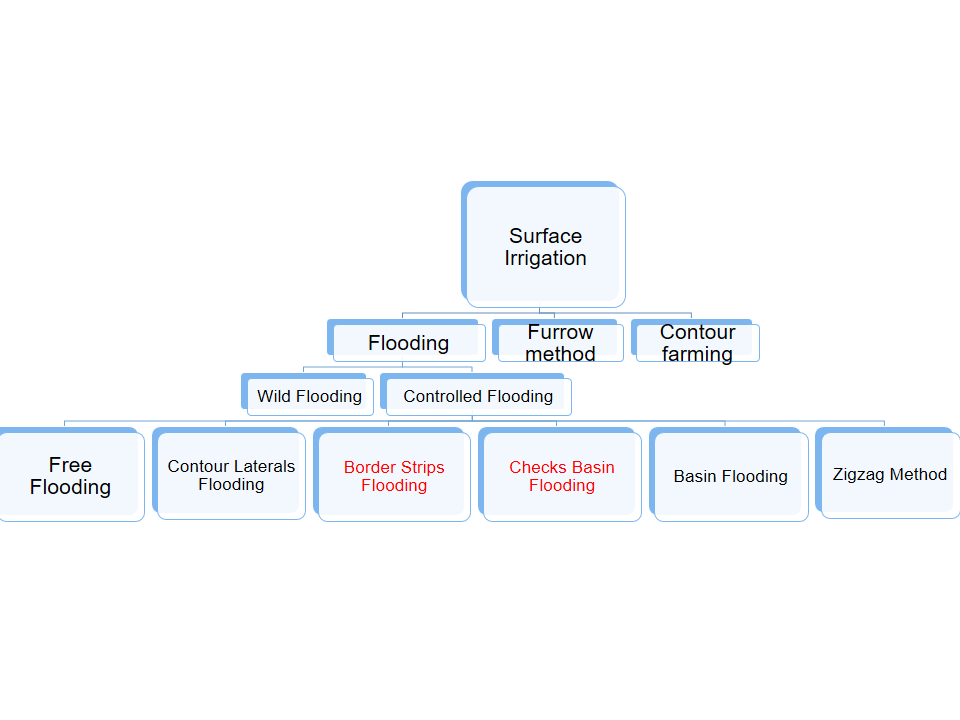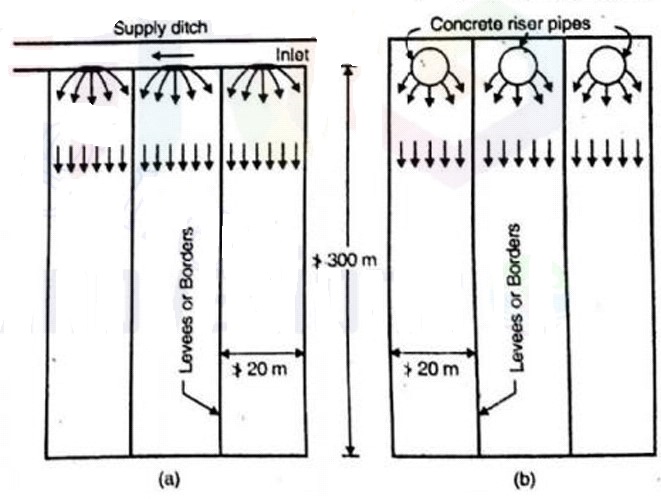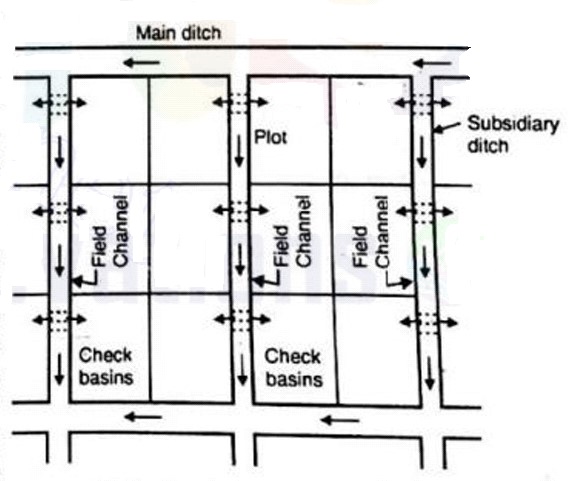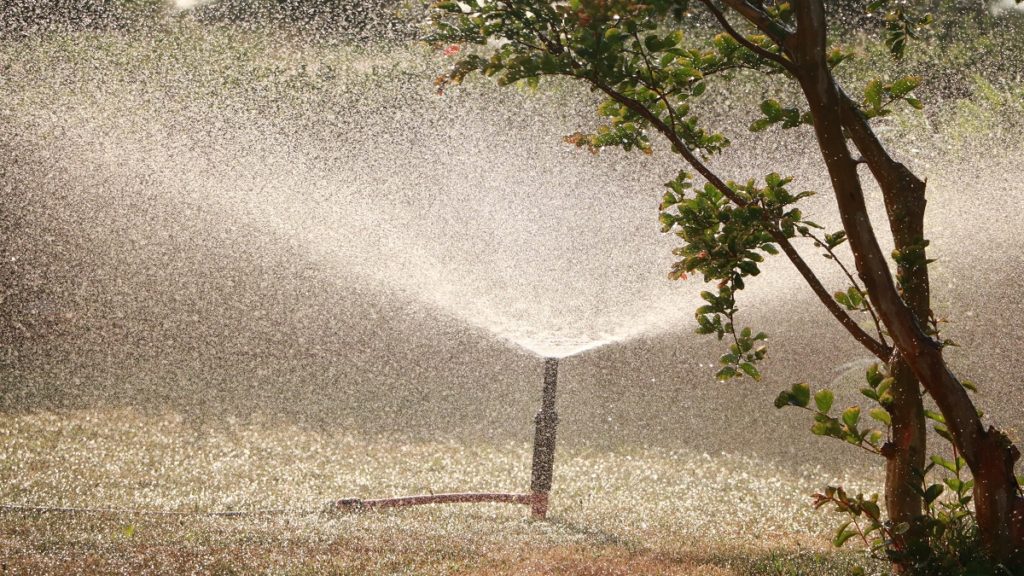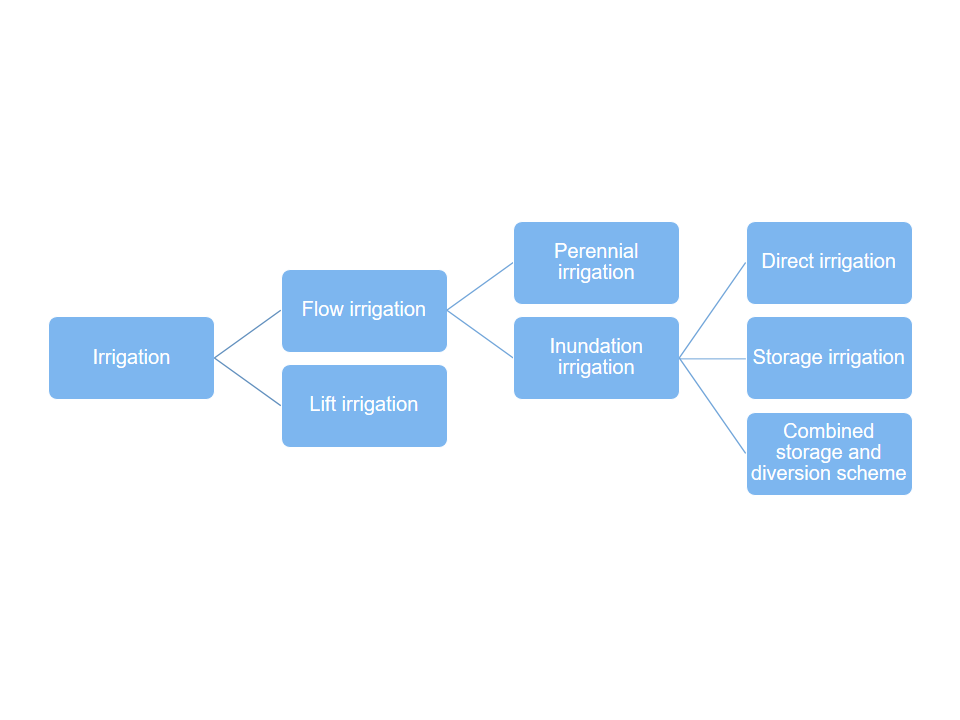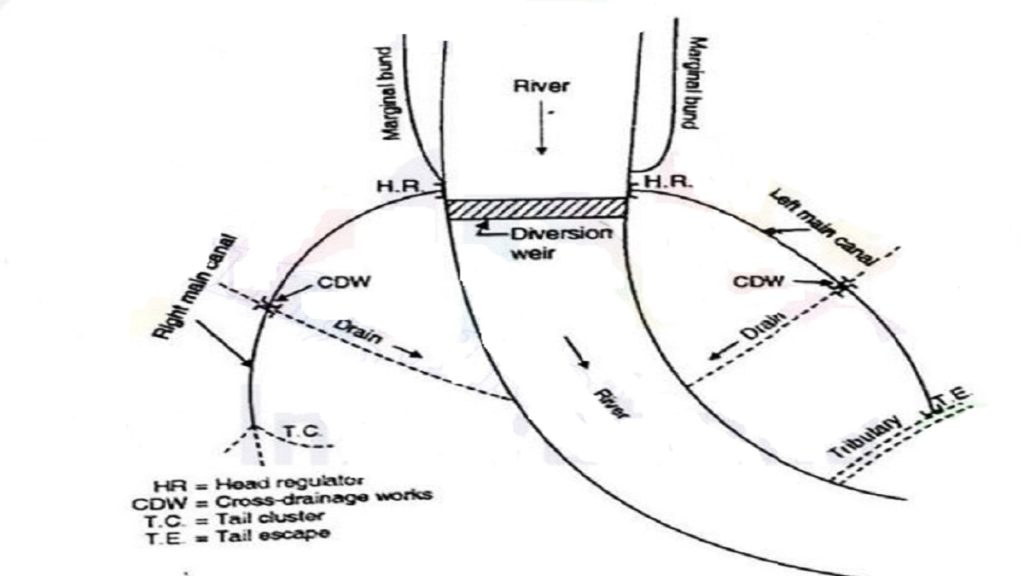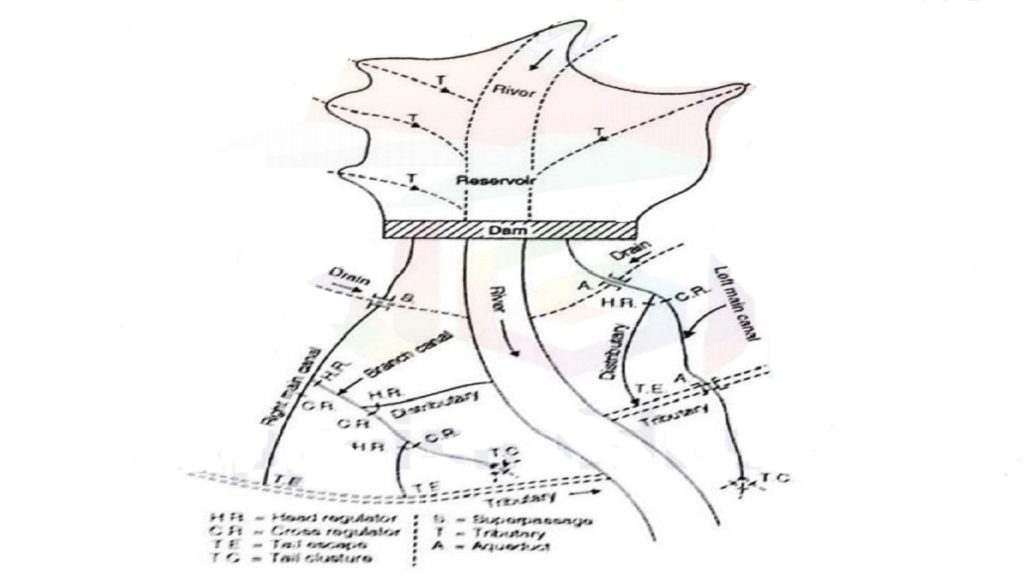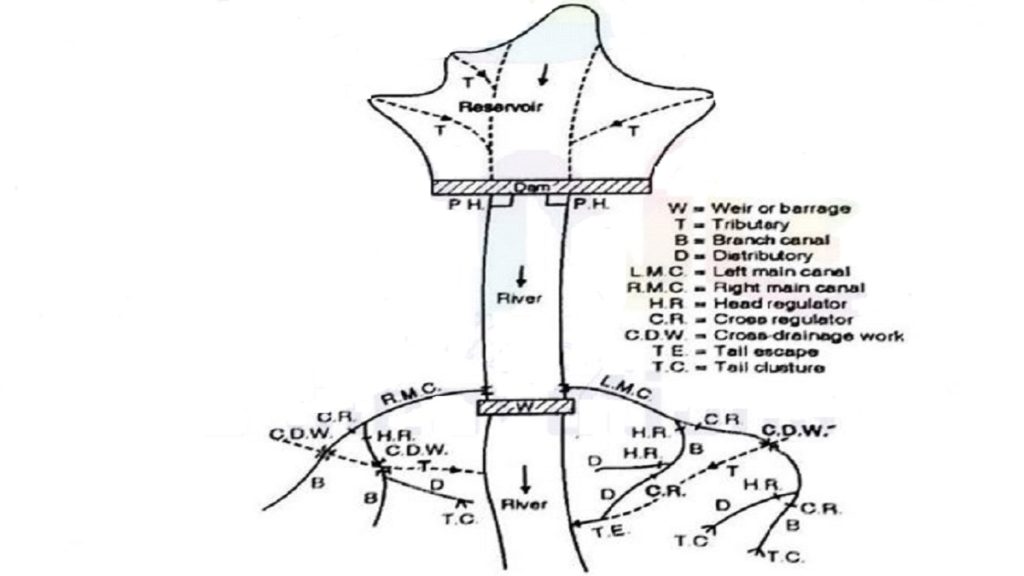The furrow method of irrigation is a method of laying out water channels in such a way that gravity provides just enough water for suitable plants to grow. It is typically formed through the deliberate placement of ridges and furrows. The furrow method of irrigation is one of the surface irrigation methods. Straight furrows and contour furrows are subdivisions. I will explain the important details about each of them. Also, we will find out the types methods and advantages of furrow irrigation in the blog.
So, without any due let’s look into the basics of the furrow method of irrigation.
- What is the Furrow Method of Irrigation?
- Furrow spacing for crops
- Types of Furrow Method of Irrigation
- Construction of furrow method of irrigation
- Advantages of furrow irrigation
What is the Furrow Method of Irrigation?
In this section, you will get the answer to what is furrow irrigation. The furrow method of irrigation is a method of laying out water channels in such a way that gravity provides just enough water for suitable plants to grow. It is typically formed through the deliberate placement of ridges and furrows.
- The furrow method of irrigation is very much used for row crops like maize, jowar, sugarcane, cotton, tobacco, groundnut, potatoes etc.
- In this method, only one-half to one-fifth of the surface is wetted, and thus evaporation losses are very much reduced
- A furrow consists of a narrow ditch between rows of plants.
Let’s dig deep now.
Basically, furrow lengths range from 3m or less for gardens to 500 m for field crops, with 100 to 200 m being the most common. If the furrows are too long, deep percolation losses and soil erosion near the upper end of the field may occur. Furrows are typically provided with slopes that range from 0.2 to 6%. Accordingly, to ensure surface drainage, a minimum furrow grade of 0.05% is required.
Related posts from vincivilworld
Furrow spacing for crops
Furrow spacing for corn, potatoes, sugarcane, and other row crops is determined by the proper spacing of the plant rows, with one irrigation furrow provided for each row. But in the case of In orchard irrigation, furrow spacing is kept between 1 and 2 metres. If the spacing is kept more, it is essential to check the distribution of moisture after each watering by auger boring.
Generally, It is more effective if the spacing is increased. Accordingly, if the spacing is maintained, it is crucial to auger bore after each watering to assess the moisture distribution. Furrow depths in low-permeability soil can range from 20 to 30 cm. When irrigating root crops, it is critical to have furrows that are deep enough and streams that are small enough that water does not come into contact with the plant. Generally, furrows for row crops like cotton, tobacco, and potatoes are typically 25cm wide and 8 to 10cm deep.
That’s it about the general details of the furrow method of irrigation. Let me show you the types now.
ALSO READ: Check flooding and Border strip methods of irrigation
Types of Furrow Method of Irrigation
Depending upon the alignment, furrows may be of two types.
- Straight furrow
- Contour furrow
Straight furrow
- Straight furrows are used where the land slope is nominal.
- These are aligned more or less along straight lines parallel to each other and along the slope of the land.
- These are normally adopted where the slopes do not exceed 0.6%.
Contour furrow
- Contour furrows are practically laid along the contours. Therefore, these are not straight but are curvilinear in the plan.
- With contour furrows irrigation, the direction of flow is across a sloping field rather than down the slope to reduce water velocity.
- The furrows are laid out with enough grade to carry the irrigation streams. Head ditches are run across the slope or downhill using drop structures as needed, to feed the individual furrow.
- The contour furrows method can be successfully used in nearly all irrigable soil.
- Light soils can be irrigated successfully across sloped up to 5 per cent. Where the soils are stable and will not be cultivated, slopes up to 20 per cent can be irrigated by contour furrowing.
ALSO READ: Rainwater Harvesting Methods: Everything You Need To Know
Stored the details in the brain, right? Let me walk you through the construction method of furrows now.
Construction of furrow method of irrigation
- Furrows are made before planting, at the time of planting or after the plants have grown large enough not to be covered up.
- The time of furrowing depends upon the crop grown and the method of planting used.
- Often young plants are irrigated by small furrows until a good root system is developed. Thereafter, the furrow is made larger.
- The furrows at any stage must be large enough to carry the water needed for irrigation.
- In most soils, crops are grown on the top of the ridge while in deep sand, it is better to have the seeding near the bottom of the small furrow.
- An alternate method specially adapted to sandy soils is to transplant vegetables in the furrow, irrigate it once or twice and then establish furrows between the rows after plants have grown larger.
- Furrows are made with various cultivating tools depending on the type of crop to be grown.
- Large furrows are normally made with a double mould board plough or lister.
- A wooden plough with furrower attachment can also be used in place of listers. Disc-drum corrugator furrower is very useful to make small size furrows in sandy soil.
ALSO READ: Concept of green building- 4 comprehensive concepts easy read!
Time to have some positivity. The advantages of the furrow method of irrigation are given in the next section.
Advantages of furrow irrigation
In furrow irrigation, water contacts only 1/5 to ½ of the land surface, reducing pudding and crusting of the soil. Losses due to evaporation are also reduced. Evaporation losses are also reduced. Previously, cultivation is possible in heavy soil and can be adapted to use without erosion on a wide range of natural slopes by carrying furrows across a sloping field rather than down the slope. It is especially beneficial for crops that have been harmed by water contact. Similarly, Labor requirements for land preparation and irrigation are drastically reduced. Moreover, field ditches do not waste any land.
Liked the concept of the furrow method of irrigation? Let me know your thoughts in the comments.
MUST READ GOOGLE 1st RANKING POST: Road margins- 6 types of road margins in highway
Happy learning!









